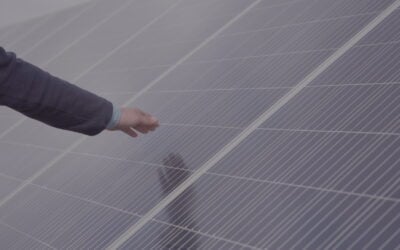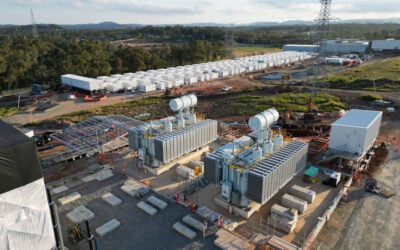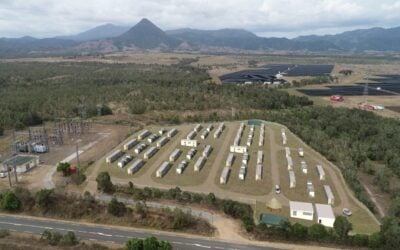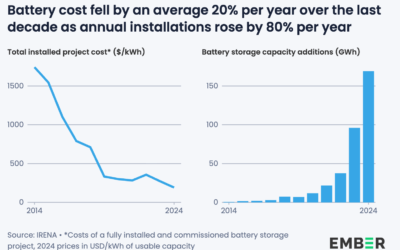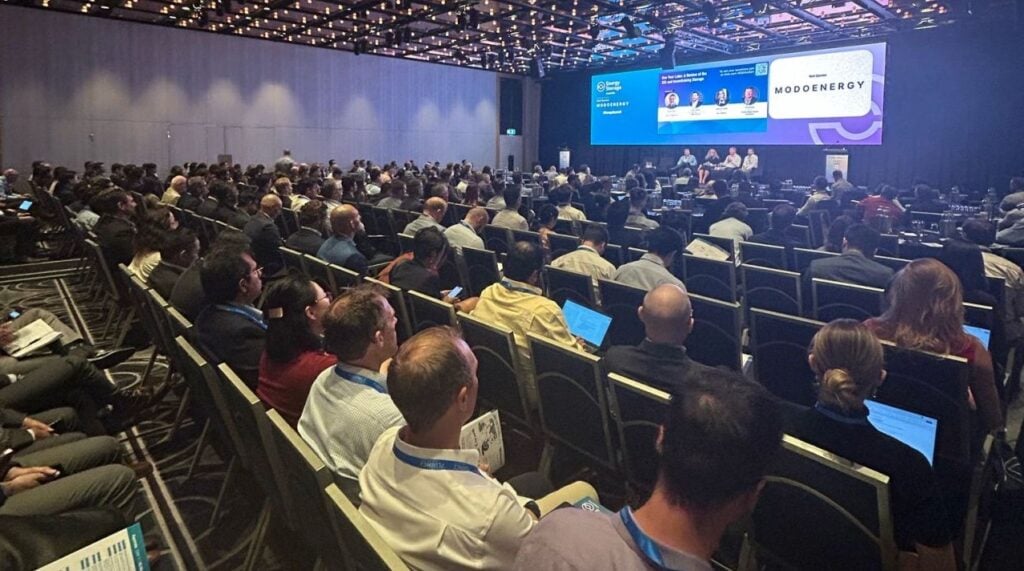
Battery storage can turn record-high instances of negative spot pricing in Australia’s National Electricity Market (NEM) into investment opportunities.
That was the view expressed by various panellists and sources at the Energy Storage Summit Australia 2025 in Sydney this week.
Tim Buckley, founder and director of the think tank Climate Energy Finance, got the ball rolling on Day One yesterday, flipping traditional views on negative pricing events in describing them as “an advantage.”
Australia has “world-leading negative pricing in wholesale markets,” Buckley said, noting that in the states of Victoria and South Australia, negative pricing was experienced for 24% and 26% of last year, roughly four times higher than experienced in European power markets.
Try Premium for just $1
- Full premium access for the first month at only $1
- Converts to an annual rate after 30 days unless cancelled
- Cancel anytime during the trial period
Premium Benefits
- Expert industry analysis and interviews
- Digital access to PV Tech Power journal
- Exclusive event discounts
Or get the full Premium subscription right away
Or continue reading this article for free
Data from the Australian Energy Market Operator (AEMO) released in January showed that in the fourth quarter of 2024, negative price events occurred 23.1% across the NEM, Australia’s largest interconnected electricity market spanning five states in the South and Southeast.
Negative pricing, occurring when generation from Australia’s fleet of solar PV peaks and creates a surplus in the middle of the day, means that project and portfolio owners are basically having to pay people to take their energy.
On the other hand, Buckley said this phenomenon which can be challenging for the business case of standalone renewables, can enable more time-shifting of solar using battery storage.
Buckley said it would have been difficult 10 or 20 years ago to attract investment in an energy asset that was making trades driven by negative pricing events.
Hybrids could step in where negative prices make solar PPAs less viable
This presents an opportunity for hybrid solar-plus-storage projects, said Mirko Molinari, chief commercial officer (CCO) at renewables and storage developer X-Elio, who carried on the theme in a separate panel discussion the following day.
Molinari said that large offtakers of solar are currently having to sell at loss-making prices at times of abundant generation. Hybrid power plants—which see the batteries charged from solar (often in addition to grid-charging) as opposed to co-located plants which merely share land and a grid connection—could be the answer.
“Sooner or later,” developers of standalone renewable projects will be unable to contract solar power purchase agreements (PPAs) with their current structures, the CCO said.
“As a developer, ultimately, we need to contract and derisk projects. I don’t know how long we’ll be able to sell solar PPAs the way they are [today]. I think sooner or later, we’re not going to be able to,” Molinari said.
The answer from a contracting perspective might be to develop hybrid PPAs, he said, meaning a contract that covers both solar and storage “and is able to kind of create a ‘solar block’ that is not baseload [generation], but is a decent, fully blocked and shaped profile.”
Molinari was speaking on a panel focused on achieving Australia’s 82% by 2032 renewable energy target.
The X-Elio CCO said that creating such PPA models would take a lot of work and coordination from different stakeholders. If successful, it could ultimately make solar more competitive with wind and enable the continued investment needed in the technology to contribute to the target.
‘Still more space for batteries in the market’
Indeed, some market actors are already taking advantage of solar’s challenging daytime generation surplus, according to Matt Grover, director of solutions engineering and analytics at the digital services arm of Fluence.
“Negative pricing presents an opportunity for batteries to respond to that price signal,” Grover told Energy-Storage.news in an interview at the event.
“That price signal is the market saying, ‘Please give me some more load. I’ve got too much generation right now, relative to the amount of load’, and that’s exactly what investors have done,” Grover said.
“Batteries have been very effective at filling those negative prices, but we’ve still got them, which means there’s still space for more batteries in the market.”
On some days of the year, battery projects that Fluence’s automated bidding platform, Mosaic, is helping trade in the market are earning “most of their revenue through negative territory.”
They are doing this by charging during negative pricing events and discharging when prices pick back up.
“You stack up all the money they earn at the end of the day, the most lucrative opportunities they were presented with by the market were by charging into negative prices,” Grover said.
Battery storage technology provider and system integrator Fluence’s digital arm has also seen some instances where energy arbitrage trades have been made in entirely negative pricing territory, he claimed.
In those instances, “it makes sense to buy at a negative price and also sell at a negative price and earn a spread entirely in negative territory, and it’s profitable to do that,” Grover said, agreeing with Buckley’s opinion that investors’ views on negative pricing have changed dramatically.

